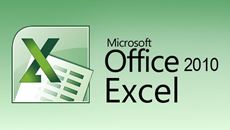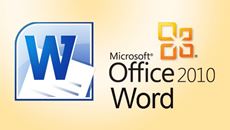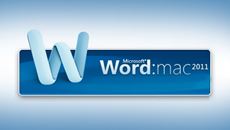- Delivery Method Online
- Professional Certificate
- 24hrs Suggested Study Time
- 3 Months Access
- Tutor Support
- Study On Any Device
- 25093 Students
Workplace Computer Skills

Gain a working knowledge of the computer skills you'll need to succeed in today's job market.
Most jobs today require a working knowledge of certain computer skills. Employers seek and reward employees with the skills and knowledge to send messages across the country via e-mail; use a spreadsheet to create a graph and paste it into a report; add and edit data in a database; understand the implications of file sizes, memory limitations, and network arrangements; and recognise the function and features of modern computer components. Any job candidate who already possesses these skills will stand above those who do not.
This course is designed to provide the fundamental computer competencies you need to survive and prosper in today's fast-changing workplace. You will learn how to implement the powers of modern office software to work faster and more efficiently. We'll focus on practical application for software most common to the workplace. When you finish this course, you will have learned why employers consider technological literacy so critical to the success of any organisation.
Courses are delivered to you through expertly executed lessons, online instruction and interaction with like-minded students. Our courses are designed to deliver all of the benefits of studying in a classroom whilst giving you the flexibility to study at a time and place to suit your needs. You can access your classroom 24/7 from any device with an internet connection.
This course has a 3 month duration. You'll complete comprehensive lessons, quizzes and assignments before submitting your final exam at the end of the course to achieve your certificate. Courses must be completed within the 3 month access period.

David Paquin
Dave Paquin has been teaching computer skills in the classroom for over 15 years. He holds a Master of Science degree in Training and Learning Technology and has extensive experience as a Human Resources manager.
Read David Paquin's ProfileFrequently Asked Questions
What people are saying about our courses
The Learning Environment
From the moment that you enrol in the Workplace Computer Skills you will become an integral part of our learning community. You'll find yourself with the freedom to learn at a speed that suits you, on any device, from anywhere in the world. Achieving your career goals no longer has to mean compromising family and work commitments.
Ready to get started?
Enrol NowOur Values
Learn At Your Own Pace
We believe in personalised learning. That's why we provide all the tools and support you need to succeed at your own pace. With flexible learning, you'll stay motivated and retain more information. Plus, you can balance your studies with work and family commitments to make your dreams a reality.
We Won't Break The Bank
Education should be accessible to anyone who wants to learn. That's why we offer some of the most competitive prices in the industry with payments plans for just $25 per week. Investing in your future is a smart choice and doesn’t have to break the bank.
Industry-Led Courses
There's no better way to learn than from experts with years of experience in your field. That's why each of our 200+ industry-led courses are designed to give you a real-life perspective on your industry. With our expert mentors, you'll learn from people who have a wealth of knowledge and experience, and who are passionate about sharing it with you.
Get The Personal Support You Deserve
At Vibe Learning, we're real people who are dedicated to providing you with personal support every step of the way. Our industry experts are not only professional and knowledgeable but also incredibly passionate about sharing their expertise with you. With their guidance, you'll gain invaluable insights and practical knowledge to help you succeed.
Still looking?
Check out the following courses related to Workplace Computer Skills:





